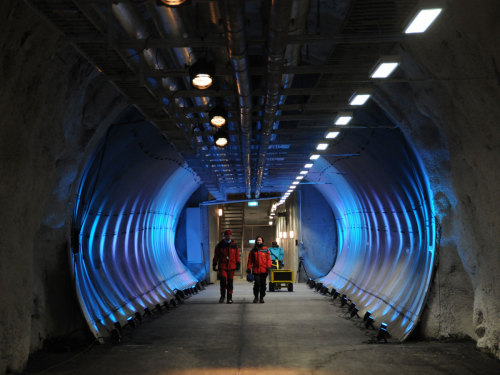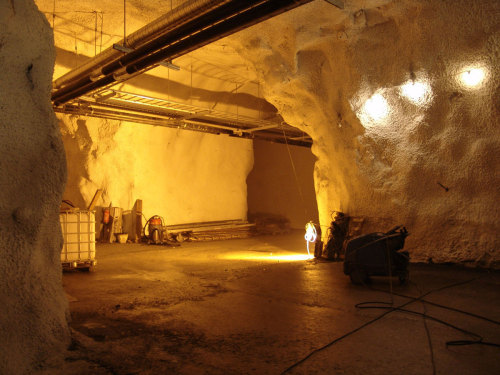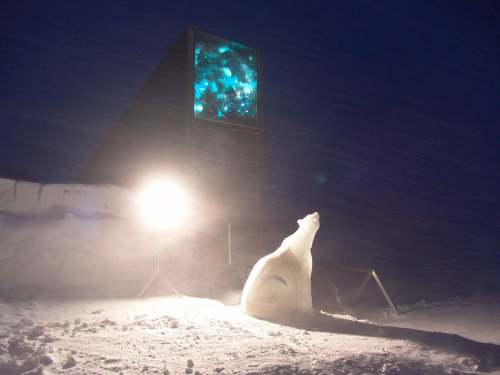sunrec: In Seeds We Trust Because science won’t save us if biodiversity fails, a global effort
sunrec:In Seeds We TrustBecause science won’t save us if biodiversity fails, a global effort is underway to collect and cache the genetic resources contained in seeds.By now you’ve probably heard about the Svalbard Global Seed Vault. While it was under construction, and then as it opened in February 2008, the media couldn’t get enough of the “Doomsday” seed bank. We learned that the bomb-proof concrete bunker was encased in permafrost, 130 meters-deep inside the sandstone of a Norwegian mountain. It would store copies of seeds currently housed in the more than 1,400 gene banks worldwide, so that should calamity strike any of those gene banks, Svalbard’s seeds would save the collections—and thus humanity—from the jaws of famine.Maybe it was the nickname “Doomsday” vault. Or maybe it was the remote location, north of the Arctic Circle where no trees grow. Whatever the reason, people have tended to associate Svalbard with some catastrophic scenario—one unlucky summer when locusts tear across the Midwest, an airborne fungus rains over Africa, and China’s soybeans succumb to asteroid strike or nuclear war. But Cary Fowler, executive director of the Global Crop Diversity Trust and intellectual father of the Svalbard Seed Vault, believes that apocalypse has already crept on us. “By the end of the century, average temperatures during growing seasons in many regions will probably be higher than the very hottest temperatures now,” he says, citing a recent paper in Science. “By 2030, we could see a 30 percent drop in maize production in Southern Africa; 2030 is only two crop generations away. We’re not talking about some time in the distant future when we all expect to be dead. We certainly can’t wake up in 2029 and decide to do something.” The millions of seed samples in gene banks worldwide will be invaluable for plant geneticists and breeders looking for new traits to develop the crops of 2030, Fowler says.Those national and international banks, however, are vulnerable to floods, fires, earthquakes, and other natural hazards, as well as war and civil strife. Surprisingly, the most pervasive danger is plain old poor maintenance. “Conditions are pretty dismal in many of these places,” said Fowler. “Most seed banks simply don’t have the resources or manpower to maintain their stocks.” Once a sample falls below an 85 percent germination rate, the genes within those seeds are in danger of being lost forever. Fowler estimates that 50 percent of the world’s seed stores currently fail the test.Article / Slideshow -- source link
Tumblr Blog : sunrec.tumblr.com
#science#technology#environment#climate change#biodiversity



